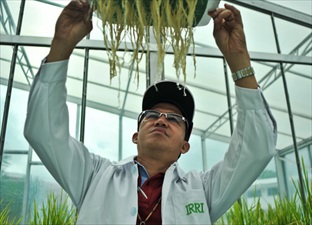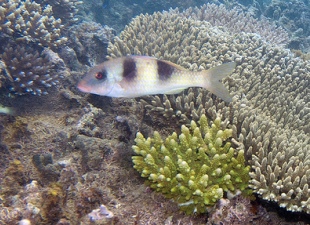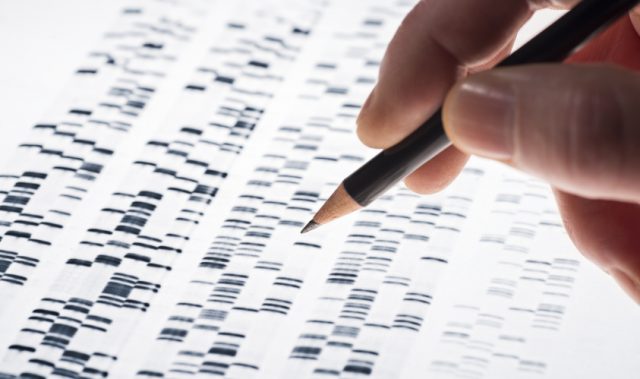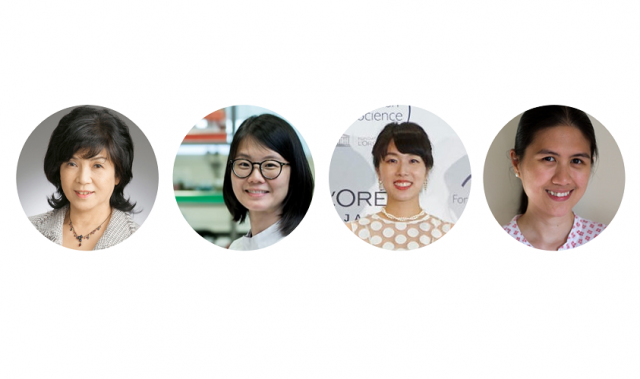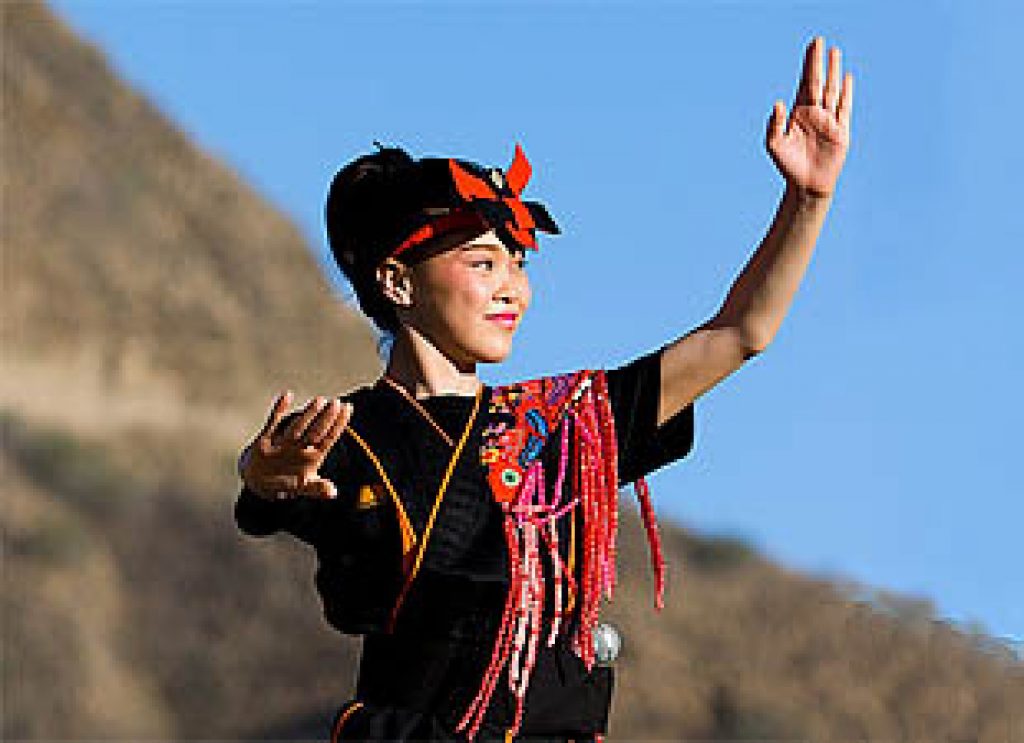
AsianScientist (Dec. 6, 2012) – The Ryukyuan and the Ainu share similar genetic traits despite living on opposite ends of the Japan Archipelago, a new study has found.
Anthropological studies describe the Japanese society as heterogeneous, mainly consisting of three populations: the Ainu, the Ryukyuan (also known as Okinawan) and the Mainland Japanese.
The Ainu, fair and stocky, closely resemble the Caucasians. The Ryukyuan also exhibit fair skin and sharp noses, with an unusual abundance of hair. Once an independent kingdom, the Ryukyuan shared friendly ties with the Chinese before Japanese colonization during the Meiji Period. The Ainu inhabited parts of Hokkaido in northern Japan, before assimilating in central Japan through intermarriage with the Mainland Japanese.
According to a Japanese anthropologist, Kazuo Hanihara, it is believed that the ancestors of the Jomon people were the first migrants from Southeast Asia to arrive in Japan. Subsequently, during the Yayoi period, migrants from Northeast Asia came, resulting in the mixing of these two populations which gave rise to the three modern Japanese populations.
Indeed, the Ainu, the Ryukyuan, and the Mainland Japanese share similar physical features.
Through the combined effort of the Japanese Archipelago Human Population Genetics Consortium, a study was carried out to determine the genetic similarities among the three Japanese populations.
Using DNA samples from 38 Ainu from Hokkaido and 35 Ryukyuan individuals, the team compared single nucleotide polymorphism (SNP) data of these two populations with existing SNP data of Mainland Japanese and Han Chinese from Beijing.
In genetics, a SNP can be defined as a single nucleotide change in a DNA sequence, introducing DNA sequence variations in the human genome. SNPs do not change much from one generation to another, hence they are often used in tracing the evolution of populations.
An unexpected result revealed that the Ainu are more genetically similar to the Ryukyuan than they are to the Mainland Japanese, despite their geographical distance.
A closer look at Ainu population data also revealed that mixing with a Northeast Asian population might have led to genetic diversity among the Ainu. One possibility could be the close contact between the Ainu and the Nivkhi, an indigenous population from Russia.
Moreover, the Mainland Japanese were found to possess similar inherited traits with Han Chinese and Korean populations, which suggests that the mainland Japanese could have resulted from the intermarrying of the ancestral groups of the Yayoi and the Jomon.
Although the origins of the Yayoi and Jomon people still remain uncertain, results from this work suggest the benefits of a holistic approach that combines new data with ancient DNA samples and morphology data.
The article can be found at: (2012) The history of human populations in the Japanese Archipelago inferred from genome-wide SNP data with a special reference to the Ainu and the Ryukyuan populations.
——
Copyright: Asian Scientist Magazine; Photo: Kanaka Menehune/Flickr/CC.
Disclaimer: This article does not necessarily reflect the views of AsianScientist or its staff.
#Genomics #Health Sciences University of Hokkaido #Japan #Japanese Archipelago Human Population Genetics Consortium #Kitasato University #Nagoya University #National Institute of Genetics Japan #National Institute of Radiological Sciences Japan #SOKENDAI #University of the Ryukyus #University of Tokushima #University of Tokyo #University of Tsukuba #Yamagata University




